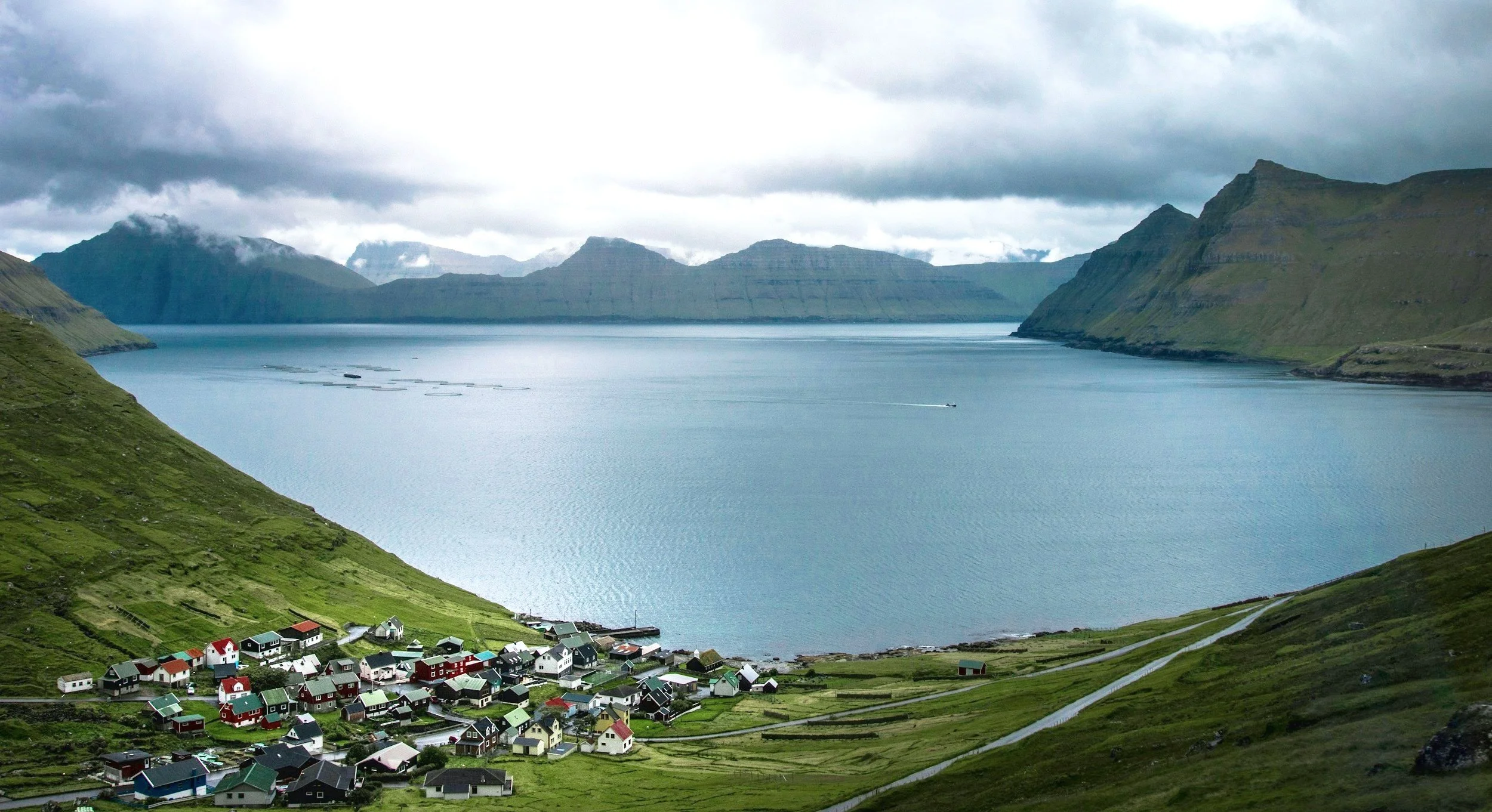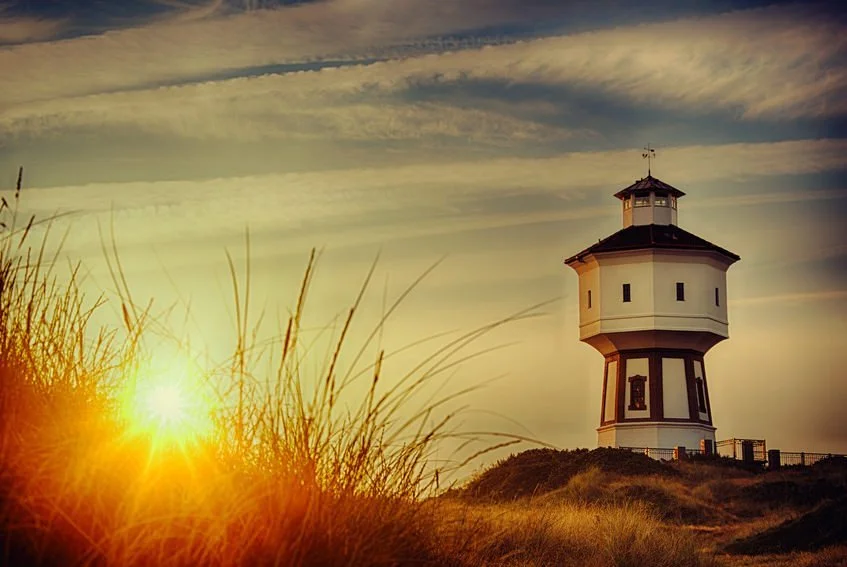Best German Islands for a Quiet Spring Getaway (No Cars, Just Coastal Walks)
If your idea of the perfect spring escape involves long coastal walks, wind in your hair, and not hearing a single engine all day—Germany’s North Sea islands might be exactly where you need to be. These car-free, wind-swept islands offer a kind of solitude you don’t often find in Europe anymore.
While most visitors stick to Berlin or Bavaria, the Frisian islands—like Juist, Spiekeroog, and Baltrum—offer something quieter. In spring, before the summer crowds arrive, the walking trails are nearly empty, the beaches stretch for miles, and the only sound you’ll hear is your own footsteps—or maybe the call of a distant seabird.
This is where you go to finish that book, take yourself out for cake and coffee without small talk, or just sit and watch the tide roll in. With ferry-only access and a pace of life that insists you slow down, it’s one of Europe’s best-kept secrets for solo travelers craving stillness.
This is your slow guide to solo travel on the North Sea coast. The kind of guide I’d send to my best friend who’s burned out, craving space, and doesn’t want to think about anything except where the path meets the tide.
Why Go Solo to the North Sea in Spring?
Spring is off-season here, but not in a depressing, shut-down way. It’s when everything starts to wake up—the heather turns green again, migratory birds return, and little island cafés begin putting chairs outside. There’s still wind (always), but the sun feels warmer on your face. And best of all? It’s quiet. You can walk for hours and not cross a single person if you time it right.
This is slow travel at its purest: walking on the beach without shoes, drinking tea from a thermos on a bench tucked behind dunes, and journaling while the tide goes out in front of you.
It’s also safe, accessible, and full of comfort spots for solo travelers who want both solitude and softness.
Which Island Is Right for You?
The German North Sea coast is dotted with the East Frisian Islands, a string of mostly car-free islands that feel like their own little world just off the mainland. Each island has its own vibe, but they all share that laid-back pace and fresh sea air that make them perfect for a peaceful getaway. You can reach most of them easily by ferry, and once you arrive, it’s all about slow strolls, cozy cafés, and wide-open beaches.
Here’s a quick look at three of the best:
1. Spiekeroog: Germany’s Quietest Island
If you’re after serious peace and quiet, Spiekeroog is your spot. It’s known as the quietest island in Germany because cars aren’t allowed and the vibe is totally chill. You’ll find wide sandy beaches, miles of untouched dunes, and plenty of space to just breathe. The island is small but packed with charm—from quaint thatched-roof cottages to tiny galleries and cafés where the locals always say hello.
Getting around here is easy—think walking or renting a bike. It’s a perfect spot if you want to escape the noise, disconnect, and spend your days with nothing but the sound of the waves and seabirds.
If you love nature, the island’s nature reserve offers some peaceful walking trails through salt marshes and along the coast. And if you get hungry, there are some great local spots serving fresh seafood and hearty German fare without any tourist crowds.
Spiekeroog is ideal for solo travelers, couples, or anyone who just wants to slow down and enjoy a real break from the everyday.
2. Langeoog: Quiet Island Life with a Hint of Warm Cake
A little livelier than its neighbor Spiekeroog, Langeoog still offers all the charm of a car-free, nature-focused island—just with a few more cozy corners to sit with cake. Crisscrossed with cycling paths and soft hiking trails, and home to 14 km of beach, it’s one of the longest and most inviting shorelines along Germany’s North Sea coast.
Spring is the sweet spot to visit. The crowds haven’t arrived yet, the air feels clean and sharp, and the cafés and shops are slowly waking up for the season. Whether you rent a bike and explore the island’s protected dune landscape or simply settle into a beach chair and watch the tide, Langeoog encourages you to take your time. Everything runs on island rhythm here.
Climb to the top of the Water Tower Viewpoint for panoramic sea-meets-dune views, then stop at Teestube am Hafen for a pot of tea and a proper Frisian slice of cake. Yes, even solo.
Where to Stay: Choose a small-scale guesthouse or eco-conscious hotel in the village center—many include local breakfast spreads and bike rental in your stay. Keep an eye out for solar panels and seasonal menus made with regional produce.
3. Juist: Germany’s Island of Stillness (Literally)
Juist is more than just car-free—it’s practically clock-free too. Known locally as Töwerland, or “magic land,” it really lives up to the name. The island is only about 17 kilometers long and a kilometer wide, but once you’re there, it feels much bigger—like there’s plenty of space to slow down, think, and just breathe.
There are no cars, no noise, just horse-drawn carts, bicycles, and quiet paths weaving through dunes, salt marshes, and a beach that seems to stretch on forever. It’s one of those rare places where time really does seem to stand still—and in a good way.
Spring on Juist is especially peaceful, before the summer crowds arrive. The breeze is fresh, the early blossoms start to pop up, and the whole island has this gentle, windswept calm. Whether you’re wandering barefoot along the shoreline, stopping for a quiet slice of cake at a local café, or just letting your thoughts drift with the tide, Juist offers a solo travel experience that stays with you.
If you’re up for it, take a walk or bike ride out to the Hammersee, a calm freshwater lake on the island’s western tip. It’s surrounded by sea buckthorn bushes and wild birds—ideal for a moment with a thermos of tea or some quiet journaling.
For places to stay, Haus Siebje and Hotel Pabst are both excellent options. They focus on sustainable practices and offer hearty breakfasts along with a calm, welcoming vibe where you feel looked after without any pressure to chat if you don’t want to. Perfect for unplugging and settling into island life.
How to Get There (It’s Actually Really Easy)
Germany’s rail + ferry system is smooth, even if you don’t speak German. Here's the general flow:
Step 1: Take the train from Hamburg or Bremen to a coastal ferry town like Neuharlingersiel (for Spiekeroog), Bensersiel (for Langeoog), or Norddeich Mole (for Juist).
Step 2: Hop on the ferry. These run regularly, and spring schedules are online by February/March. Most take between 45 minutes to 1.5 hours.
Step 3: Arrive on island time. Ferries drop you in the only village on each island. From there, it’s walking or cycling only. There’s no such thing as being in a rush here.
Tip: Use the Deutsche Bahn app to plan the entire trip in one go—train and ferry included.
How to Spend a Slow Day on the Island
7:30 AM — Wake up in your guesthouse. Open a window and listen—just seabirds and wind. Make yourself some tea and take it easy.
8:30 AM — Grab breakfast at your place or pop into a local bakery. Try Friesentorte if they have it—cream, berries, and shortcrust. Sit down, maybe write a few notes or just chill. No hurry.
10:00 AM — Go for a walk on the beach. Most likely, you’ll have it to yourself. Take your shoes off, watch the tide pools, breathe in the fresh air.
12:30 PM — Have a light lunch at a café by the harbor. Expect fresh seafood like smoked fish sandwiches or a simple soup with seasonal veggies. Nothing fancy, just good and local.
2:00 PM — Rent a bike or pick a walking trail through the dunes and pine forests. The paths are easy to follow and not crowded. Bring a book or a sketchpad if you want.
4:00 PM — Stop for tea and cake at a cozy café. They usually have blankets and comfy corners. This is your afternoon break.
6:00 PM — Head to the west beach to catch the sunset. Bring a snack or just enjoy the quiet.
9:00 PM — Back to your room to wind down and sleep early.
What to Pack
The weather here changes quickly in spring—sun, wind, maybe rain—so pack layers:
Waterproof jacket + windbreaker
Warm sweater + scarf
Comfortable, water-resistant shoes
Thermos and snacks
Book and journal
Why These Islands Work for a Slow Break
If your soul has been craving silence, or you’ve been overwhelmed by everything lately—this is the kind of trip that softens things. There’s no pressure to “see the sights.” No noise. No comparison. Just time. Space. Wind. Cake.
And the feeling of walking alone across a beach with nothing to prove.
Book the ferry. Pack the journal. Go now, before the rest of the world remembers these islands exist.
Want more cozy travel guides like this? Sign up for the Trippers Terminal newsletter—solo-friendly, slow-living travel inspiration for people who don’t follow the crowds.







